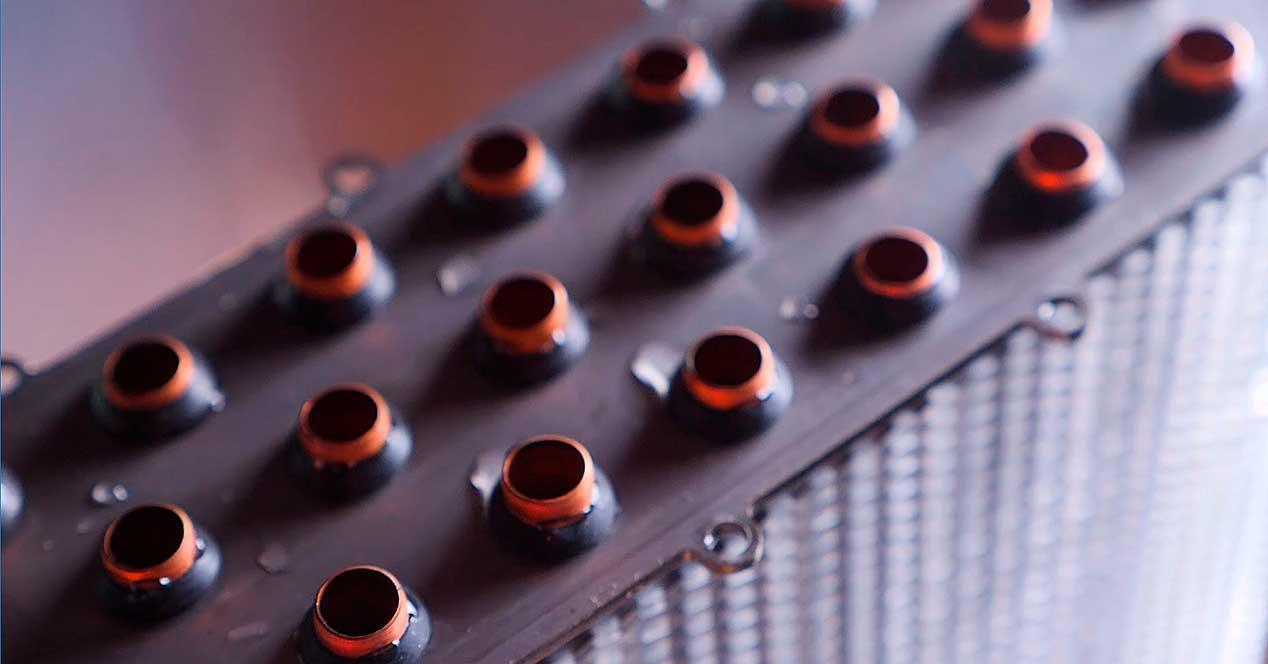There doesn’t seem to be a consensus on something as trivial at first as the size of a radiator, but when you use less than correct terms in a world as specific as liquid cooling, you end up inducing in mistake. What do we mean by awesome? There the question and therefore this article.
The size of a radiator affects performance
As they say, the concept of “large” is misused, and it is for the simple fact that it is totally generic. When we talk about radiators and their size, we have to specify whether we are talking about thickness, length or width.
These three factors are, with others, the most revealing to know or even intuitively what to expect from said ray. The problem with size is comparison, that is, what we compare with what, what radiators we are faced with.
Therefore, and knowing these three factors to take into account, we will try to discern all that is necessary to be clear on which is best. We will assume that we have the same internal deposition system, the same number of tubes, the same materials and the same goals, that is, equal conditions where only the three named factors will make the difference.
Therefore, let’s compare thickness, length and widthWhich of them is the most important in terms of performance?
A difficult choice that will be resolved by external factors
The answer to the question is as simple as it is complicated at the same time: it depends. If you thought it would be easy to choose… well, no, it really isn’t and we’ll explain it to you. Between thickness and length it’s more or less easy to have the choice: I would win the length
Thickness on the other hand implies better fans and the gain as such is not as high as having more longitudinal surface. But what about the length and width? Everything here is a bit complicated, but not too much. Assuming that there are many optimal fans from 120mm to 140mm, it will be easier and cheaper to buy smaller fans and get the best performance than in the second case.
Why is this decisive? Because if the length will continue to prevail over the width of the rad for the same reasons that it has gained thickness as such, it is true that there are 140 mm fans which, in the same series than 120 mm, obtain a result close to their lesser brothers on a radiator.
Finally, thickness vs width? This is perhaps the most difficult to discern, as you would have to see the thickness of the rad. In our experience, the width will always prevail, as it is a practical surface available with less restriction due to the smaller thickness, but the performance increases a lot if we compare a 120mm radius with a 140mm radius. and a thickness of 30 mm. against 60 mm.
The comparison for a similar performance would be 140mm versus 60mm, but I would go for the former for fans, because in 60mm you need high static pressure to take advantage of this thickness, while in 140mm it just correct the fans will do a decent job.










